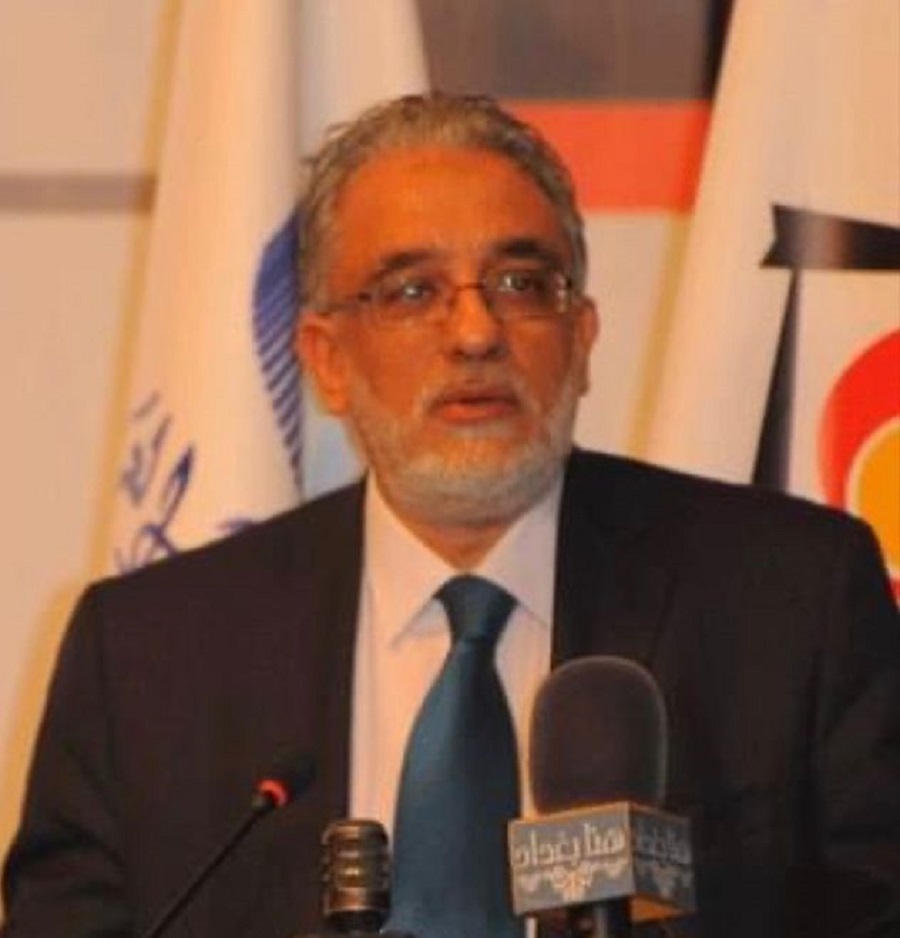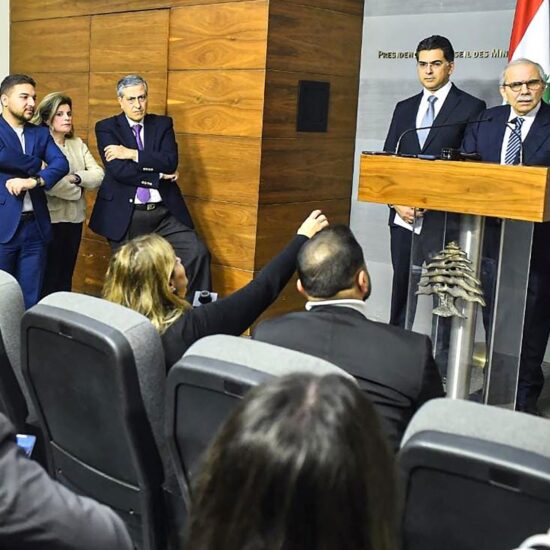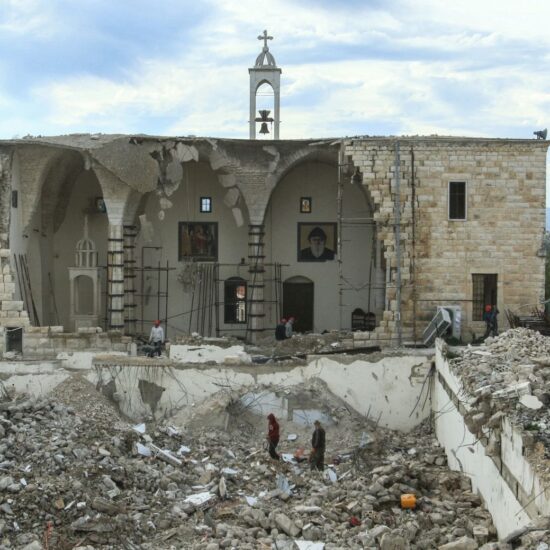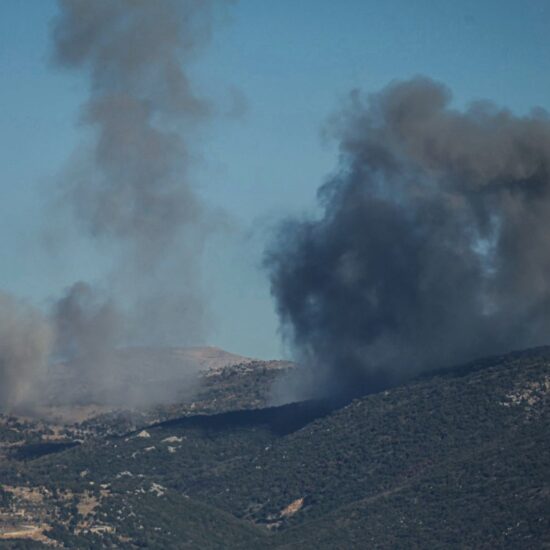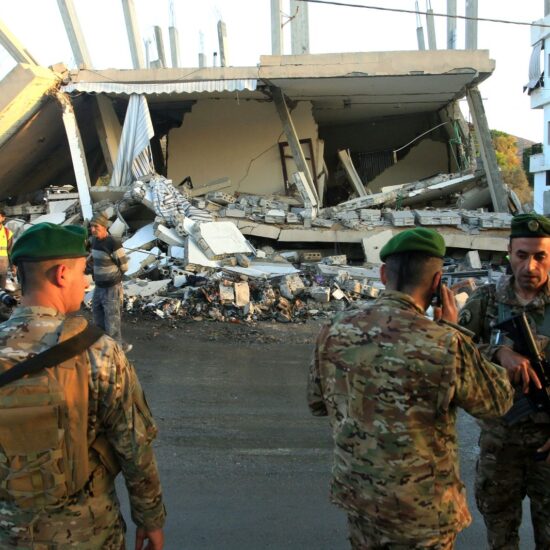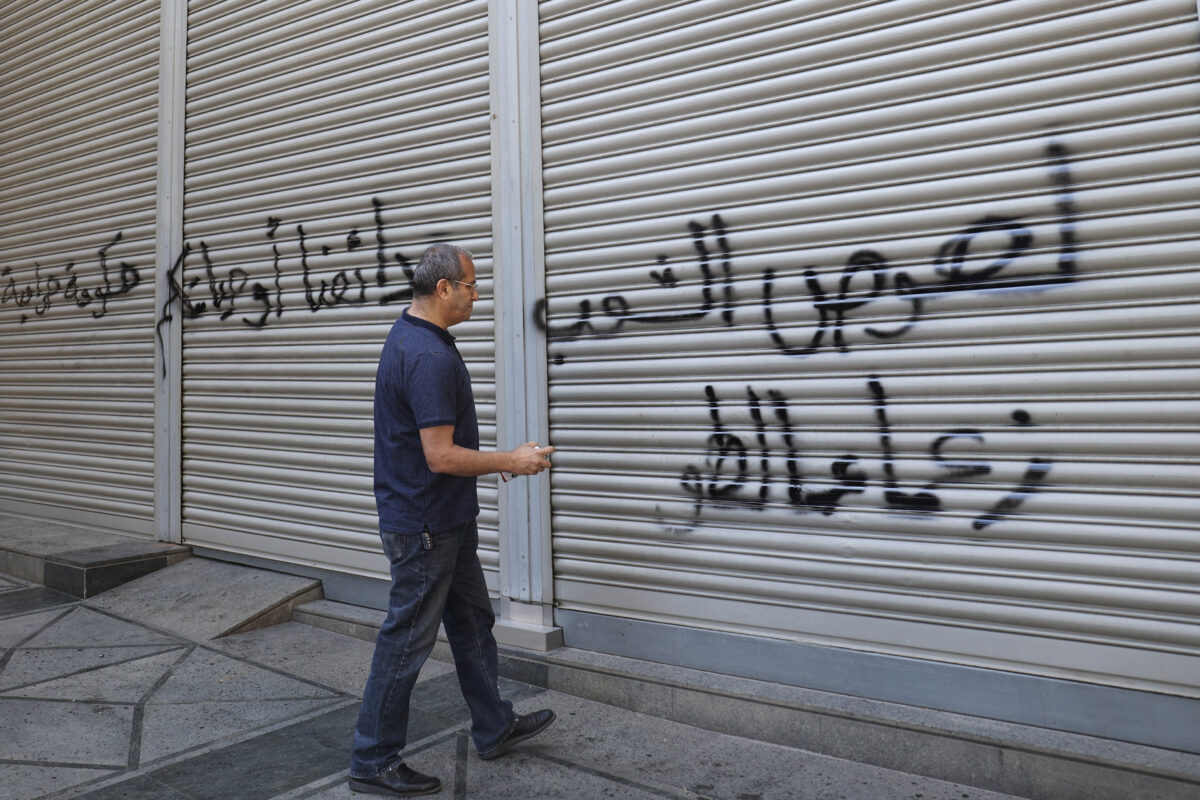
An overview of the bleak social conditions in which Lebanon begins the new year
Since the end of the presidential term on 31 October 2022 without a new president elected, Lebanon has been facing an institutional vacuum, which has delayed the implementation of a comprehensive socio-economic recovery plan. The country’s political and economic crisis has resulted in widespread poverty, a multidimensional state of poverty, collapsing public services, and growing community tensions. This situation is exacerbated by a global food and fuel crisis. Currently, around four million people, including 1.5 million displaced Syrians and 2.2 million vulnerable Lebanese, need humanitarian assistance. It is estimated that 80% of the Lebanese live in poverty, with 36% below the extreme poverty line.
These crises have led to high levels of poverty and food insecurity among both Lebanese and refugee communities. The first Integrated Food Security Phase Classification (IPC) analysis in September 2022 projected 1.46 million Lebanese and 800,000 Syrian refugees in need. The World Bank states that the Lebanese crisis ranks among the “most severe crises episodes globally since the mid-nineteenth century,” a result of three decades of deliberate, reckless fiscal and monetary policy.
The Heavy Legacy of 2023
The cost of the food Survival Minimum Expenditure Basket (SMEB) monitored by WFP increased by five percent between March and April 2023, reaching LBP 2.7 million (US$ 29) per person/month. The cost of the non-food basket also increased by 15 percent for the same period, mainly driven by the increase in rent prices. The cost of the full basket for a family of five reached 27.2 million (US$ 278) in April, marking a 10 percent monthly increase and a 350 percent annual increase. The Lebanese pound lost 49 percent of its value between January and March 2023 in the parallel market, leading to significant cash dollarization in the private sector.
Income and Schooling
A survey by Human Rights Watch found that the median household income was just US$122. Seventy percent of households struggled to meet basic expenses, and 22 percent faced food insufficiency. A UNICEF report in December 2023 noted that 26 percent of households had school-aged children not attending school, a rise from 18 percent in April 2023. Among Syrian refugees, this figure rose to 52 percent. The cost of education materials was the primary reason for children not attending school.
Healthcare and Inflation
The healthcare sector faces challenges with the migration of medical professionals, shortages in medicines, and electricity cuts. The National Social Security Fund (NSSF) is nearing bankruptcy. The Consumer Price Index (CPI) showed that Lebanon’s inflation rate reached 211.86% in November 2023, driven by the widespread adoption of the US dollar for daily expenditures and a significant increase in the custom dollar rate.
Cost of Living and Food Security
The cost of living in Lebanon increased by 25.5 percent in 2023. The FAO reports that two million people, including 1.29 million Lebanese citizens and 700,000 Syrian refugees, suffered from food insecurity in 2023.
Poverty and Unemployment
While previous data suggested that poverty in Lebanon did not surpass 50 percent, in 2023, it surged to over 80 percent of the population, approximately 6 million people. The General Labor Union estimated unemployment rates between 50 and 60 percent.
Customs Dollar Rate and Taxes
The customs dollar rate escalated significantly, from 1,500 Lebanese pounds to 15,000 pounds at the end of 2022, and then to 45,000 pounds by mid-2023, eventually stabilizing at 89,000 pounds. Concurrently, the government increased indirect taxes from 37 percent in 2019 to 53 percent in 2023.
Migration and Fuel Prices
The number of immigrants in the last quarter of 2023 reached 180,000, compared to 48,000 in the same period of 2022, marking a 275 percent increase. Fuel prices nearly doubled over the year, with the price of a gasoline canister rising from 750,000 Lebanese pounds to approximately 1.5 million pounds.
Illegal Migration and Electricity Crisis
The deepening crisis led many to resort to dangerous migration routes towards Europe by sea. In April, a boat carrying around 80 Lebanese, Syrians, and Palestinians sank off the coast of Tripoli, with only 48 survivors rescued. Decades of corruption and mismanagement in the electricity sector have limited state-provided electricity to two to three hours daily, exacerbating inequality.
Refugees
Lebanon hosts nearly 900,000 registered Syrian refugees, with an additional 500,000 living informally in the country. Only 16 percent have legal residency, making most vulnerable to legal issues. It’s estimated that nine out of ten Syrian refugees live in extreme poverty. Additionally, around 174,000 Palestinian refugees in Lebanon continue to face work and property ownership restrictions.
A Multidimensional State of Poverty
Reports from ESCWA, CAS, and LCPS highlight a multidimensional state of poverty in Lebanon. This type of poverty, systemic and deep-seated, encompasses more than just material wealth. The protracted crisis has caused an extreme rise in multidimensional poverty, exacerbating inequality and risking long-term impacts on the well-being and development of individuals, households, and institutions.
Maan Barazy is an economist and founder and president of the National Council of Entrepreneurship and Innovation. He tweets @maanbarazy.
The views in this story reflect those of the author alone and do not necessarily reflect the beliefs of NOW.


